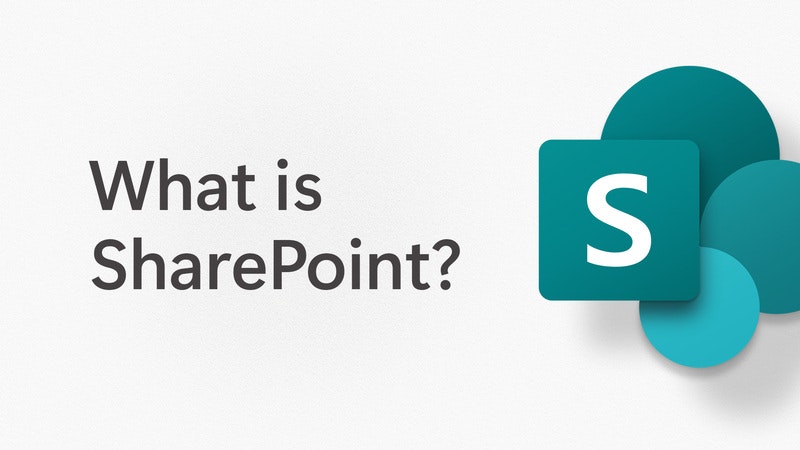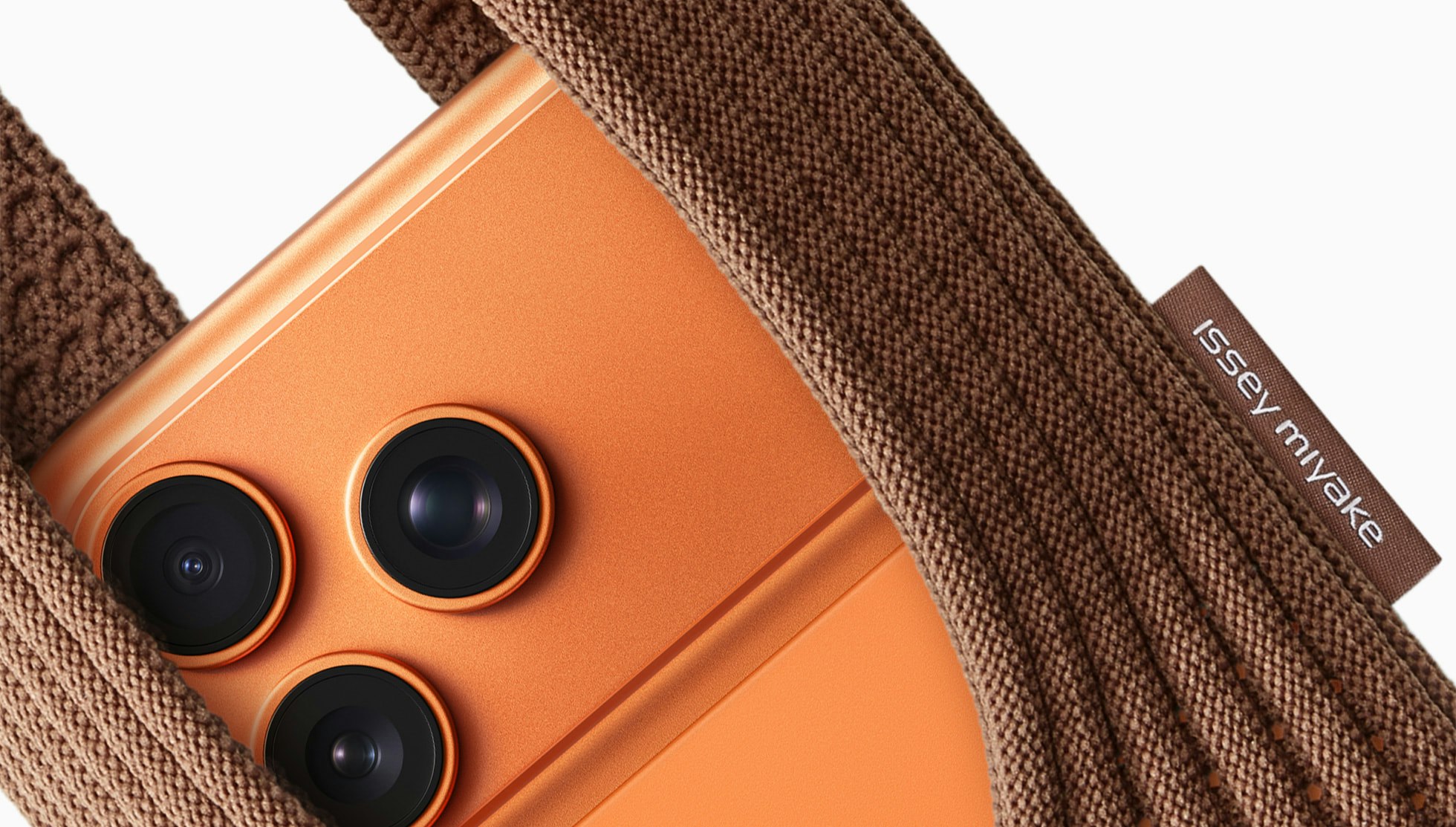TL;DR
Apple’s latest design collaboration with the Japanese fashion house ISSEY MIYAKE — the iPhone Pocket — has sparked global debate. Priced at around $230, the 3D-knitted cross-body accessory merges textile innovation and tech minimalism, reimagining what it means to wear your phone.
For Apple, this represents another step toward a lifestyle-driven design ecosystem; for ISSEY MIYAKE, it extends a decades-long legacy of folding art, motion, and function into wearable form. Yet the product also raises questions: Is it a genuine design leap, or a luxury signal for the few? Is carrying your iPhone in a soft pouch liberating — or insecure, even risky?
This article dives deep into the design, cultural, and business dimensions of the iPhone Pocket — exploring what it means for the intersection of fashion, technology, and human experience.
1. Introduction – When Apple Meets Avant-Garde Design
Few partnerships could so seamlessly blend the rational world of Silicon Valley with the poetic minimalism of Japanese design. Apple’s collaboration with ISSEY MIYAKE for the iPhone Pocket is both unexpected and inevitable.
Unexpected — because Apple has rarely allowed external design voices into its accessory line.
Inevitable — because both brands share a devotion to clarity, precision, and materials that quietly speak for themselves.
At first glance, the iPhone Pocket looks like a knitted sleeve suspended from a strap. But that simplicity hides a deep dialogue between two philosophies: Apple’s “human-centred engineering” and ISSEY MIYAKE’s “a piece of cloth” textile ideology.
It’s not just a pouch — it’s a manifesto about how we carry our digital selves.
2. The Heritage of ISSEY MIYAKE – From Fabric to Philosophy
To understand the collaboration, one must first understand ISSEY MIYAKE’s relationship with technology.
From the 1970s onward, Miyake redefined what clothing could be. His designs weren’t about luxury in the traditional sense — they were about innovation, movement, and accessibility. The Pleats Please collection introduced garments that could be folded, washed, and worn without losing their form — a design philosophy centred on everyday freedom.
Equally pioneering was the A-POC (A Piece of Cloth) concept developed with Dai Fujiwara in the late 1990s — a digital textile system using industrial knitting machines and computer-aided design to create clothing from a single thread of fabric. A-POC turned code into couture.
So when Apple approached ISSEY MIYAKE’s design studio to co-develop the iPhone Pocket, the connection was natural. It’s another “piece of cloth” — but for a new generation of wearable devices.
3. Apple’s Accessory Strategy – From Devices to Lifestyles
Apple has spent the last decade quietly transforming from a tech manufacturer into a lifestyle brand. From AirPods to the Apple Watch to its Hermès collaborations, the company’s design strategy now revolves around objects you wear, not just use.
Accessories are no longer afterthoughts; they’re statements. Apple’s focus on materials — aluminium, leather, fine knit — mirrors the care found in high fashion.
The iPhone Pocket fits perfectly into that evolution. It transforms the iPhone from something tucked away into something displayed — a visible, tactile extension of personal style.
Yet, it’s also subtly subversive: a $230 pouch that doesn’t even include any technology. It’s an idea about how we relate to technology.
4. The iPhone Pocket – Design, Materials, and Meaning
The iPhone Pocket is 3D-knitted using a process reminiscent of ISSEY MIYAKE’s A-POC technology. It’s made from recycled polyester and high-elastic fibres, forming a one-piece structure that’s lightweight but resilient.
It’s available in a small range of neutral tones — graphite, beige, indigo — reflecting both Apple’s material restraint and Miyake’s preference for subtle colour stories.
The pocket fits current iPhone models snugly, and the strap is designed for cross-body or over-the-shoulder wear. It’s tactile, sculptural, and feels like something between a garment and an accessory.
In ISSEY MIYAKE’s words: “It’s a moment of connecting the dots — of fabric, form, and digital life.”
5. Collaboration Synergy – When Minimalism Meets Mindfulness
At its heart, this collaboration represents a meeting of minds.
- Apple’s minimalism is driven by technology — removing buttons, seams, and complexity.
- Miyake’s minimalism is driven by humanity — removing artifice to let the wearer’s individuality shine.
The result is an object that lives somewhere between device and clothing — a piece of design that invites touch and care.
But it’s also an experiment in mindful technology. In an age of distraction, where smartphones are rarely out of sight, the iPhone Pocket encourages a new ritual: placing your phone away, carrying it intentionally, and reclaiming space between self and screen.
This mirrors Apple’s growing interest in digital wellbeing. The pouch is not just a container — it’s a symbol of restraint.

6. The Emotional Tension – Freedom vs. Insecurity
And yet, for all its beauty, the iPhone Pocket introduces a curious tension: the feeling of vulnerability.
To wear your iPhone like jewellery — hanging from your shoulder or chest — is to make it visible. Accessible. Even snatchable.
There’s an irony here. For years, we’ve been told to secure our devices — to keep them close, protected, encrypted. And now Apple invites us to display them like art objects in soft knitwear.
Walking through a crowded high street in Manchester, London, or Tokyo, there’s an instinctive sense of risk. What if someone pulls it off? What if it falls?
This psychological contradiction is fascinating: it exposes how deeply our relationship with our devices has evolved. We no longer fear losing just a phone — we fear losing a part of ourselves.
The iPhone Pocket, intentionally or not, surfaces that truth. It forces us to question how comfort, identity, and vulnerability intersect in modern tech design.
7. Luxury-Tech Market Context – The Rise of the Everyday Object as Status Symbol
Apple and ISSEY MIYAKE are not just selling a product — they’re selling an idea: that everyday utility can be art.
Luxury technology accessories are booming. From Louis Vuitton’s connected handbags to Samsung’s Thom Browne collaborations, tech and fashion are fusing into an aesthetic economy.
Consumers are no longer satisfied with function; they crave meaningful form. A phone case isn’t protection — it’s personality.
In this sense, the iPhone Pocket speaks to a market where even minimalist products communicate exclusivity. Its price point (£180–£200) ensures scarcity and signals taste.
But for many, it also raises eyebrows. “A pouch for my phone?” critics say. Yet that critique is precisely what makes it powerful — it provokes conversation about what we value in design.
8. UK Perspective – How British Consumers Are Reacting
In the UK, reactions have been polarised.
Design communities admire the collaboration’s craftsmanship, sustainability, and restraint. Tech enthusiasts, meanwhile, see it as an indulgent extension of Apple’s pricing strategy.
However, among creative professionals, architects, and digital artists, the iPhone Pocket has been hailed as a bridge between form and function. It’s not about storage — it’s about symbolism.
Fashion buyers in London have compared it to early collaborations between Apple and Hermès — a niche object that repositions tech as wearable culture.
And for NetMonkeys’ audience — people immersed in innovation, AI, and digital systems — this collaboration represents something deeper: the convergence of data, design, and identity.
9. For NetMonkeys’ Readers – The Bigger Picture: Design Thinking in Tech
At NetMonkeys, we live at the crossroads of technology, human experience, and design thinking. The iPhone Pocket serves as a real-world metaphor for what digital transformation often misses: emotional design.
Just as a poorly designed dashboard confuses its users, a poorly conceived tech accessory alienates its audience.
The Apple × ISSEY MIYAKE collaboration proves that the smallest touchpoints matter. How something feels, how it fits, how it’s seen — these are not cosmetic concerns; they define adoption.
For organisations implementing digital tools, there’s a lesson here: success isn’t about technology alone. It’s about human resonance.
That’s why consultancies like NetMonkeys emphasise usability, AI-driven personalisation, and seamless integration — because the best systems disappear into daily life, just as the iPhone Pocket does.
10. Risks and Criticism – Style vs. Security
Despite its poetic design, not everyone is convinced.
Critics argue that the pouch is impractical. In crowded environments, it could be easily snatched. It offers no drop protection, and its soft fabric feels fragile compared to hard cases.
There’s also a philosophical critique: by turning a phone into a visible object of fashion, are we deepening the very dependence we claim to question?
Yet defenders say that the iPhone Pocket isn’t about security — it’s about intention. The act of placing your phone in it creates a new boundary between accessibility and mindfulness.
In truth, both are right. It’s a product that makes us feel — and that’s precisely what good design should do.
11. The Future – From Wearable Tech to Textile Intelligence
The iPhone Pocket might seem like a niche accessory, but it signals a broader future: the integration of smart devices into textiles.
Imagine garments that can charge your phone, monitor your posture, or sync with your digital calendar. ISSEY MIYAKE’s long-standing exploration of programmable fabrics aligns perfectly with this trajectory.
As Apple ventures deeper into wearables and spatial computing, these cross-disciplinary experiments hint at where design is heading — away from hard rectangles and toward soft interfaces that live with us, move with us, and maybe even protect us.
For the UK’s creative and tech industries, this convergence offers opportunity. From data-driven fashion to AI-generated material design, the boundary between the digital and the physical world is dissolving.
12. Conclusion – Beyond Fashion, Toward a Philosophy of Use
The iPhone Pocket is not just an accessory — it’s a statement. It invites us to rethink what technology means when it leaves our hands and becomes part of our body language.
Whether you see it as a triumph of textile innovation or a pricey curiosity, it embodies the timeless dialogue between art and engineering.
For NetMonkeys and our audience of digital professionals, it’s a reminder that innovation isn’t just about invention — it’s about interpretation. How people feel about using technology matters as much as what that technology can do.
The iPhone Pocket makes us aware, if only for a moment, that carrying technology is an emotional act. And perhaps that’s the most valuable pocket of all — the space between our devices and ourselves.
Related posts
Visit blog
Smishing vs Phishing vs Vishing: Key Differences Explained
Phishing, smishing, and vishing are evolving faster than ever — and businesses are paying the price. In this expert guide from the NetMonkeys Security Team, we break down how each scam works, why they succeed, and what practical steps you can take to defend your organisation

The Benefits of Working with a UK Power BI Consultancy
Looking to make smarter, data-driven decisions? Partnering with a UK Power BI consultancy like NetMonkeys transforms scattered business data into meaningful insights

Microsoft SharePoint: What It Is, Why It Matters, and How to Maximise It
Explore SharePoint: intranet examples, 365 vs on-premise, Confluence vs SharePoint, plus expert consultancy advice in this in-depth SharePoint guide
